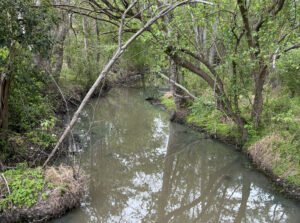News
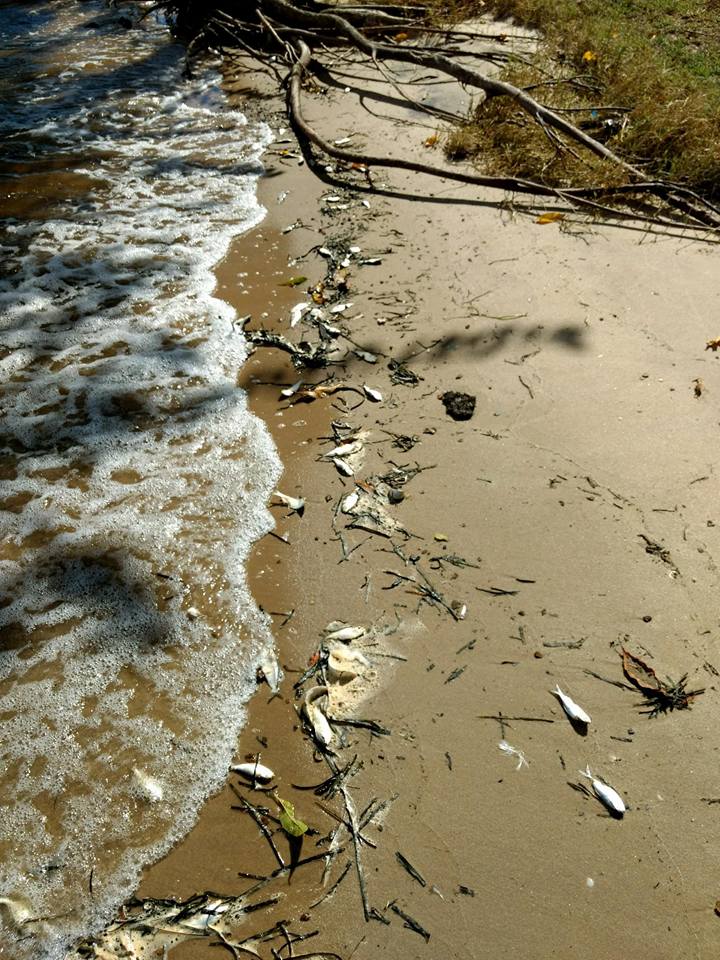
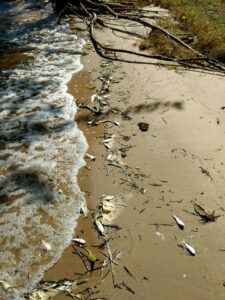 by Katy Langley, Lower Neuse Riverkeeper
by Katy Langley, Lower Neuse Riverkeeper
Beginning on the morning of Friday, October 6th, thousands of dead menhaden washed up along the shore of the Neuse River. The kill likely began overnight Thursday and continued into Saturday. The cause of the kill is thought to be a combination of two things working together; a slime mold and low dissolved oxygen. This time of year – September, October – as the weather begins to cool, a slime mold called Aphanomyces invadens begins to flourish. This is a common mold that exists in the water and is no harm to human health. The sores present on many of the fish are a sign of Ulcerative Mycosis, a bacterial infection caused by the fungus. Generally, the mold alone is not enough to kill fish, unless their immune systems are already weakened from some other stressor.
Low dissolved oxygen in the water is usually the cause of such stress. It is believed that an algal bloom occurred leading to the decrease in oxygen. Algal blooms are a result of nutrient pollution from numerous sources including agricultural runoff, over application of animal waste from industrial facilities, wastewater discharges, and stormwater from urban areas. When the algae dies it begins to decompose; it is the decomposition process that depletes the oxygen in the water. Recent readings of dissolved oxygen in the Neuse River were below the threshold for supporting aquatic life. The stress from low oxygen along with a bacterial infection from the slime mold likely worked together to weaken the immune systems of the fish, leading to a massive die-off.
Though this is a problem that has occurred before, it is still a critical concern for our waterways. According to a statement by the Department of Environmental Quality “Ninety-five percent of all fish kills in the estuaries are related to low oxygen in the water.” If not for an algal bloom due to nutrient pollution, these fish would still be swimming. One sure way to decrease the frequency and severity of fish kills is to reduce the amount of nutrients entering our rivers. While you might not think a fish kill concerns you, this incident is just another indicator that our waterways are suffering, and need our help. At the very least, the smell of dead fish might be enough to change your mind.
Related News
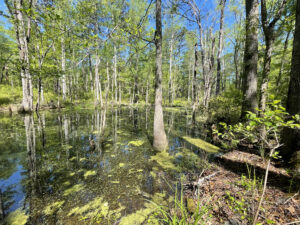
Tell NC to restore wetlands protections!
April 19th 2024
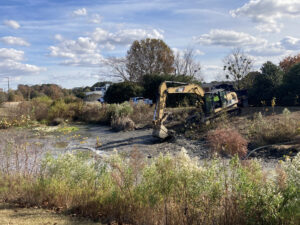
Position available: Stormwater Education Coordinator
April 18th 2024

Southern Nash next in line for stormwater projects
April 18th 2024
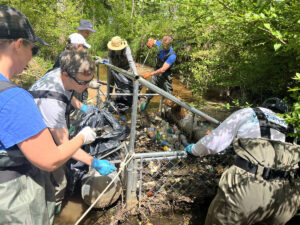
Xylem, Sound Rivers team up for cleanup
April 18th 2024

Sound Rivers launches new podcast
April 18th 2024

Swim Guide gearing up for a seventh season
April 11th 2024

Feedback needed for Jack’s Creek plans, projects
April 11th 2024

Pamlico-Tar Riverkeeper talks water quality
April 11th 2024
